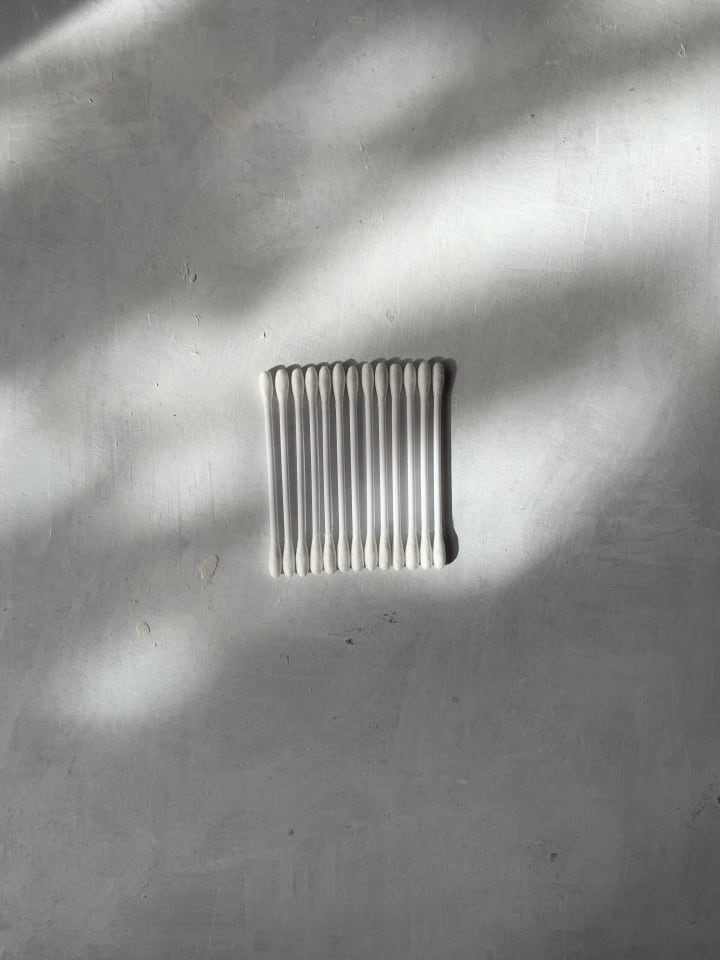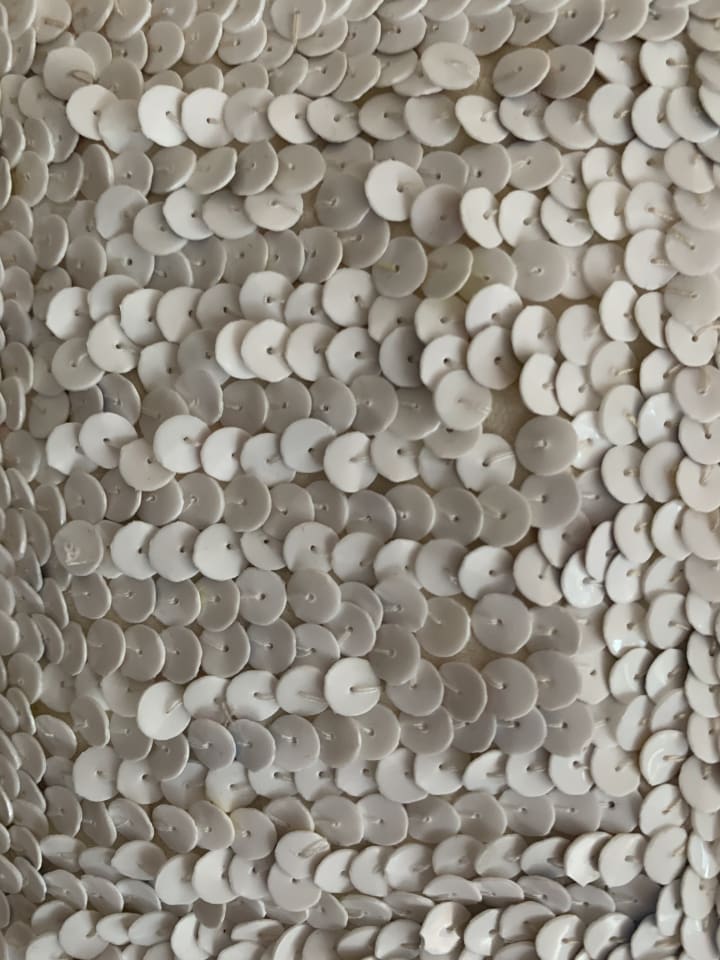Beading with recycled and single-use plastics
How beading can change the world

BEADING
Beading is the act of threading one object to another object. The rich history of beading utilises many materials allowing beads to take many different forms. The only necessary quality, that is required for an object to be considered a bead, is its ability to be thread therefore requiring a hole that pierces through the object (from front to back or left to right).
For centuries humans have used beading as a form of adornment to highlight and honour that which is important and special.
BEADING & I
I was exposed to beading at an early age due to my participation in competitive dancing. From the ages of 5 until 17 I performed in numerous competitions adorned in intricately beaded costumes which my mother would bead by hand. I would often raid my mothers beading kit and admire the various beads she had collected throughout my dancing years. This eventually led to my own creative experimentation.
During one of the hard lock downs in Victoria, Australia (due to the COVID-19 global pandemic) I re-discovered my fondness for beading. I began to reflect on what it was exactly that drew me to beading. I concluded that it was the repetitive nature of the beading itself.
The act of beading is calming to me. It requires simple actions to be performed repetitively allowing the maker to enter a meditative state. Creating from this kind of state brings me peace and happiness. It allows the work I create to come from an instinctual place.
BEADING & THE WORLD
My current explorations in beading have lead me to create my own beads using recycled plastics and single use items. My desire to do this comes from my interest in global warming and climate change. There is already a lot of discourse surrounding these subjects but it is my belief that in order to fix these problems we need to re-connect with these materials.
By creating works from recycled and single use plastics my ambition is to draw attention to these materials as valuable, precious and non-disposable. It is my hope that if we can learn to re-value and appreciate these materials we will become more mindful about our consumption of them. In order to do so I dedicate hours of my time to individually cut, pierce and sew these materials in to beaded art works.
MY PROCESS: Hand making the beads
My tools are basic but important in the making of my work. The help to cut, pierce and thread my beads.

I start with the plastic cotton bud and use scissors to remove the ends.


I then continue cutting the object in quarters or thirds depending on the size I am after.

To create a flat bead I take the object (a used margarine container in this example) and cut it into strips making it easy to hole punch.

I then use the hole punch to create many small flat-beads.

Each of these beads needs to be individually pierced by using a thick sewing needle.
The process of cutting is similar to that of beading in that it is calming and meditative to me as if I am performing an important ritual;
*cut* I honour these materials *cut* I honour these materials *cut* I honour these materials *cut* I honour these materials *cut* I honour these materials *cut* I honour these materials *cut* I honour these materials.
MY PROCESS: Sewing the beads
Each bead is hand sewn on to small panels.


The panels are then brought together to create unique instinctual forms.

The final piece is made from recycled food containers and cotton buds, sewn on to an old (torn) silk pillow case and a used mailer (padded postage envelope). It utilises as many materials as possible which would otherwise be thrown in to the garbage. By re-using and re-contextualising these materials into important forms of embellishment and adornment I pay respect to them.
My continual interest lies in adornment and its power to highlight important social issues to create awareness and inspire change.
About the Creator
Enjoyed the story? Support the Creator.
Subscribe for free to receive all their stories in your feed. You could also pledge your support or give them a one-off tip, letting them know you appreciate their work.





Comments
There are no comments for this story
Be the first to respond and start the conversation.